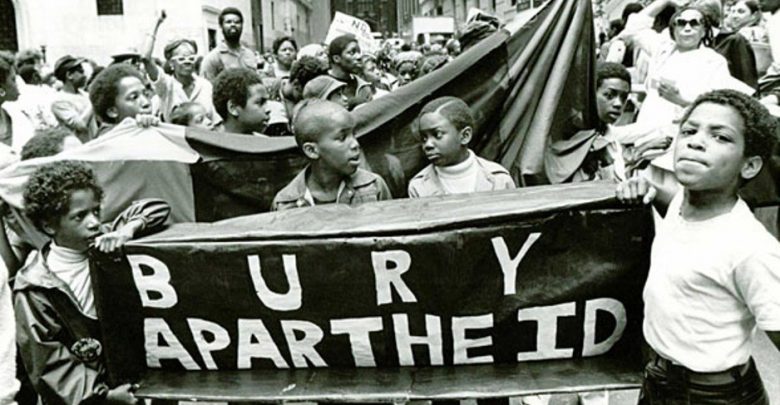Africa and Middle EastResolved
Apartheid: Racial Segregation in South Africa
Many experts agree that the seeds of South Africa's apartheid system were largely rooted in the country's troubling past of legalized slavery and the cultural perceptions by the white population that persisted from that time period.

An Introduction to Apartheid
Apartheid era in South Africa was a dark period of time wherein the government institutionalized a system of racial segregation. This system lasted from 1948 all the way until the early 1990’s. Experts on the subject classify it as being an authoritarian political system predominantly based on the ideology of white supremacy or white nationalism. In South Africa’s case, the minority white population of predominately Dutch, German, and British descent oppressed the majority black African population. Laws were put in place which legalized discrimination in all areas of society, including housing, employment, and public transportation.
Precursors to the Establishment of a Racial Caste
Dating back to British and Dutch colonial rule in the 18th century, South Africa was a major thoroughfare and participant in the slave trade. Although slavery was officially abolished by South Africa’s British rulers in 1833, many of the severest aspects of servitude and maltreatment of the black African population persisted right up until the latter part of the 20th century. Many experts agree that the seeds of South Africa’s apartheid system were largely rooted in the country’s troubling past of legalized slavery and the cultural perceptions by the white population that persisted from that time period.
Nelson Mandela’s Rise
Starting in the 1960’s, the tides began to turn against the apartheid system. Workers rights groups began to strike and protest their poor treatment by the government. One of the key individuals who organized these strikes was the world-renowned anti-apartheid revolutionary leader, Nelson Mandela. The apartheid government would eventually crack down hard on Mandela and the groups that he organized, resulting in the arrest and imprisonment of Mandela and many other key anti-apartheid figures. Nelson Mandela spent 27 years in prison, which despite tragic, his imprisonment catalyzed the movement he represented, one which would eventually see victory in putting an end to government-sanctioned racial segregation in the country.
The Overthrow of the Apartheid System
After decades of unrest, strikes, and growing violence across South Africa, the National Party and its apartheid system of governance came to an end. To put a stop to unrest and global condemnation of racist policies, the National Party was forced into bilateral negotiations with the leading anti-apartheid party, the African National Congress. An agreement between the two was eventually reached, ending all forms of racial segregation in the country. Nelson Mandela was released from prison in 1990, and by 1994 he was elected as South Africa’s first black president. This marked an end to apartheid in South Africa, however, racial relations within the country continue to struggle to find a healthy equilibrium even to this day.
Apartheid’s Lingering Shadow
Despite the apartheid system coming to an end due to the outlaw of racial segregation, the country’s dark past continues to haunt relations within the country. Despite the implosion of white rule, many of the country’s white residents remained in the country after the overthrow of the National Party. Since then many of the white residents of South Africa have become an increasing target of black violence, thought by many to be retaliatory acts motivated by the injustices of the past. White farmers and landowners have been especially brutalized by disenfranchised segments of the black South African population. Due to increasing violence in the country, many of South Africa’s white farmers have begun to immigrate to Russia and other countries where the lingering past of apartheid is an unfortunate part of the cultural makeup.



